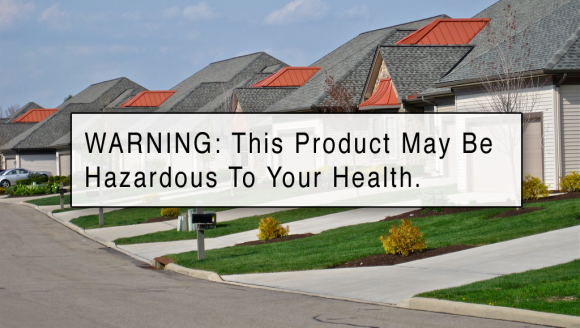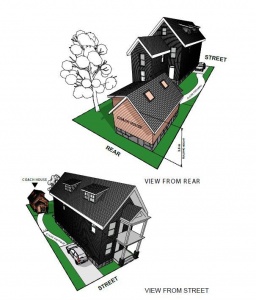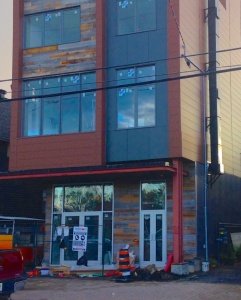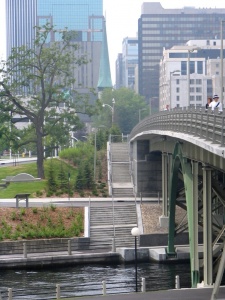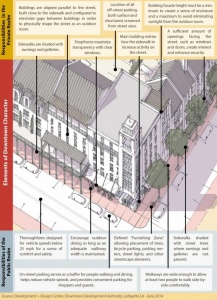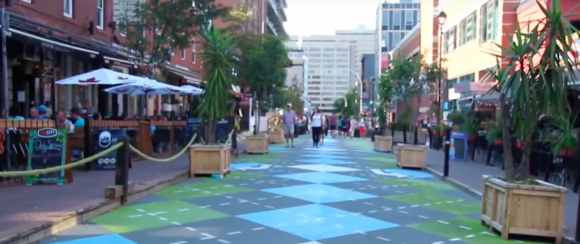Making Healthy Neighborhoods Happen
A healthy neighborhood is one in which most trips – to school, shops, services, work, recreation, and public transit can be made by foot or bike within 10 minutes. At the 55th IMCL Conference we shall review some of the most innovative efforts to create healthy 10-minute neighborhoods. The goal of the HealthyHoods research initiative … Read more




